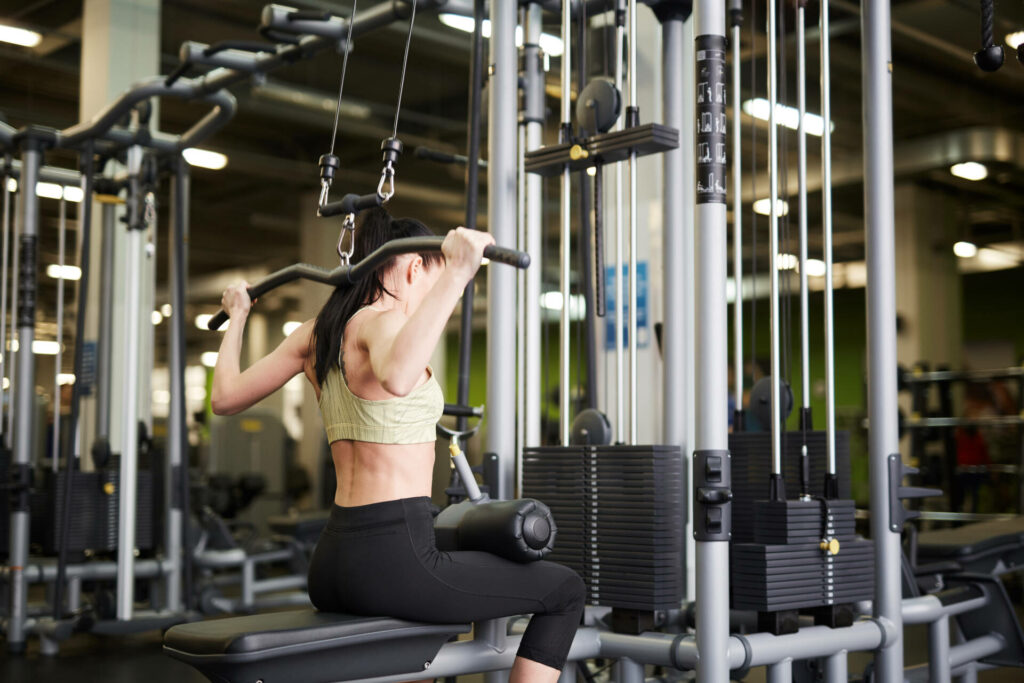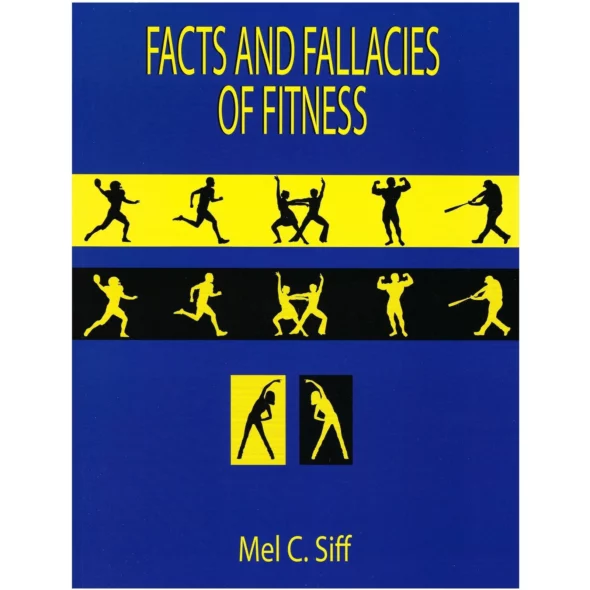STRENGTH SENSEI BOOKSHELF
Facts and Fallacies of Fitness
A science-based look at the world of athletic and physical fitness
Before getting into a sales pitch about what Facts and Fallacies has to offer personal trainers and strength coaches, you need to know about the remarkable achievements of its author, Mel Siff, Ph.D.
Siff was a professor of mechanical engineering at the University of Witwatersrand in Johannesburg, where he taught biomechanics and applied mechanics. A native of South Africa, he earned a master’s degree in applied mathematics and a Ph.D. in physiology. Siff’s master’s thesis discussed how to apply mathematical models to brain waves and his doctoral dissertation examined the mechanics of soft tissues.
Walking the talk, Siff competed in karate, trampolining, powerlifting, weightlifting, and track and field. In weightlifting, he became the national coach for South Africa.

At just under 200 pounds bodyweight, Siff did a standing press (i.e., Olympic press) of 275 pounds and a conventional bench press of 360 pounds. Siff shared many interesting stories about his adventures in weightlifting, such as training with Belgian weightlifter Serge Reding, the first to snatch 400 pounds. In one workout, he saw Reding squat, hamstrings covering calves, 880 pounds for five reps! Oh, and at a height of 5 feet 8 inches, Reding sported 23-inch calves!

Siff’s extensive studies lead him to write the weight training textbook Supertraining with sports scientist Yuri Verkhoshansky. This book is considered a classic training theory, but it’s a challenge for the general audience to get through. Not so with Facts and Fallacies of Fitness, which is easy to understand and provides practical advice for anyone interested in getting stronger, leaner, and healthier.
The 284-page paperback is printed in small type with only a few drawings (mainly for humor), figures, and tables. It’s divided into 23 chapters that examine the misinformation often promoted in the fields of strength coaching and personal training. Let’s look at a few examples.
Chapter 8: Biomechanical Issues discusses such topics as the effects of head position on strength and the value of orthotics. Chapter 10: Flexibility Issues explores warming up and stretching. Of special interest to personal trainers is Chapter 15: Specific Exercise Issues, which looks at the science of abdominal training. And for strength coaches, Chapter 17: Plyometric Issues will help them understand the difference between jump training and classical plyometrics, along with reviewing two popular books on the subject.
What are some examples of fitness fallacies? One fallacy (that was also championed by Charles R. Poliquin) is that it’s fine for the knees to extend beyond the foot in squats and lunges. He also offers this alternative to conventional lunges: “If a person is afraid of becoming injured from lunging, instead of stepping forward into the lunge, he or she should start in the lunge position, or better still, step backwards into the lunge, which diminishes the stress across the knee joint very dramatically.”
Another fallacy is that seated exercises place less stress on the lower back because sitting in a rigid position is unnatural and the spine is more susceptible to injury if it is not allowed to flex and move. Then there is the fallacy that machines are better than free weights, even for many popular isolation exercises.
Research in exercise science can be dry and challenging to understand or find practical applications. Dr. Mel Siff has done his homework and translated this important work into terms we mere mortals can understand. If you want to avoid being a victim of fake fitness news, pick up a copy of Facts and Fallacies of Fitness. (TSS)
[You can purchase Facts and Fallacies by Dr. Mel Siff through Amazon.com and westside-barbell.com.]
